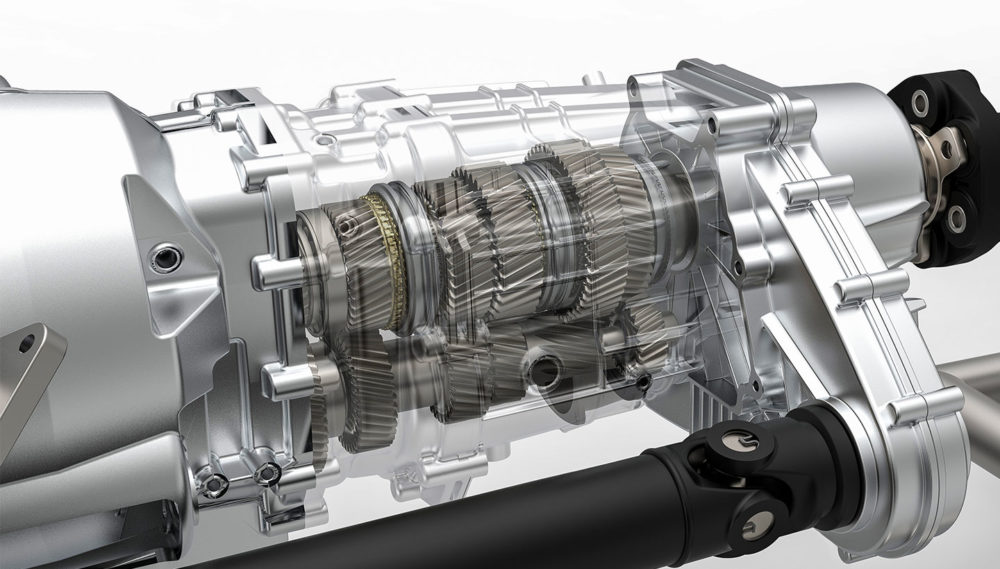Mobile:+86-311-808-126-83
Email:info@ydcastings.com
how is die casting done
How Is Die Casting Done?
Die casting is a highly efficient manufacturing process used to produce metal parts by forcing molten metal into a mold cavity under high pressure. This method is particularly favored in industries such as automotive, aerospace, and electronics due to its ability to produce complex shapes with excellent surface finishes and tight tolerances. Understanding the die casting process requires knowledge of its stages, materials used, and applications.
The Die Casting Process
The die casting process can be divided into several key steps
1. Mold Creation The first step in die casting is the creation of the die, which consists of two halves made from steel or other durable materials. These dies are precision-machined to form the desired shape of the part. The complexity of the part will determine the intricacy of the die, which can often be quite elaborate.
2. Heating and Injection Once the molds are prepared, they are heated to a specific temperature to ensure optimal fluidity of the molten metal. There are mainly two types of die casting processes high-pressure die casting and low-pressure die casting. In high-pressure die casting, molten metal is injected into the mold at very high pressure (up to 2,000 psi or more). In low-pressure die casting, the molten metal is gently pushed into the mold using lower pressures.
3. Cooling After the molten metal is injected, it begins to cool and solidify within the mold cavity. This cooling period is critical, as it determines the material properties of the final product. Cooling time can vary depending on the thickness of the casting and the type of metal used.
4. Ejection Once the metal has solidified, the die halves are opened, and the newly formed part is ejected. Ejection pins or mechanisms are often used to ensure smooth removal of the part without damaging it or the mold.
5. Finishing Operations After ejection, the cast part may require additional processes such as trimming, machining, or surface treatment to meet specific dimensional and aesthetic requirements. Trimming involves removing any excess material that was not part of the intended shape, while machining adds precision features if necessary.
how is die casting done

Materials Used in Die Casting
Die casting is commonly performed with non-ferrous metals, primarily zinc, aluminum, and magnesium. These metals are favored due to their excellent fluidity, which allows for fine details and complex shapes.
- Aluminum Known for its lightweight and corrosion resistance, aluminum die casting is widely used in automotive and aerospace applications. It can be treated to further enhance its properties and is often employed in high-strength applications. - Zinc Zinc die castings are known for their durability and dimensional precision. They are often used in electronic components, automotive parts, and appliances. Zinc can also be plated or coated for additional protection.
- Magnesium Magnesium die casting is gaining popularity due to its high strength-to-weight ratio. This material is commonly used in aerospace and automotive applications where weight reduction is critical.
Applications of Die Casting
Die casting is used in a wide range of industries. In the automotive sector, it produces engine blocks, transmission housings, and various other components. In the electronics industry, die casting is used for housings and brackets for devices. Other applications include household appliances, consumer goods, and industrial machinery components.
Advantages of Die Casting
Die casting offers several significant advantages, including high production rates, excellent dimensional accuracy, and reduced need for machining. The process allows for the production of complex shapes that may be difficult or impossible to achieve using other manufacturing methods. Furthermore, the recyclable nature of the metals used in die casting aligns with modern sustainability practices, making it an environmentally friendly manufacturing option.
In conclusion, die casting is a sophisticated process that plays a crucial role in the production of high-quality metal parts. Its efficiency, versatility, and ability to produce complex shapes make it a preferred choice in various industries, ensuring it continues to be an essential manufacturing technique for years to come.
-
Impeller Technology That Powers Precision in Pump SystemsNewsMay.22,2025
-
Valve Durability Begins with Quality Cast Iron ComponentsNewsMay.22,2025
-
Performance Cooling with Advanced Automobile Water Pump SolutionsNewsMay.22,2025
-
How Motor Housing and Oil Pans Shape Engine PerformanceNewsMay.22,2025
-
How Metal Castings Drive Modern Manufacturing EfficiencyNewsMay.22,2025
-
Exploring the Engineering Behind Valve Body CastingsNewsMay.22,2025











